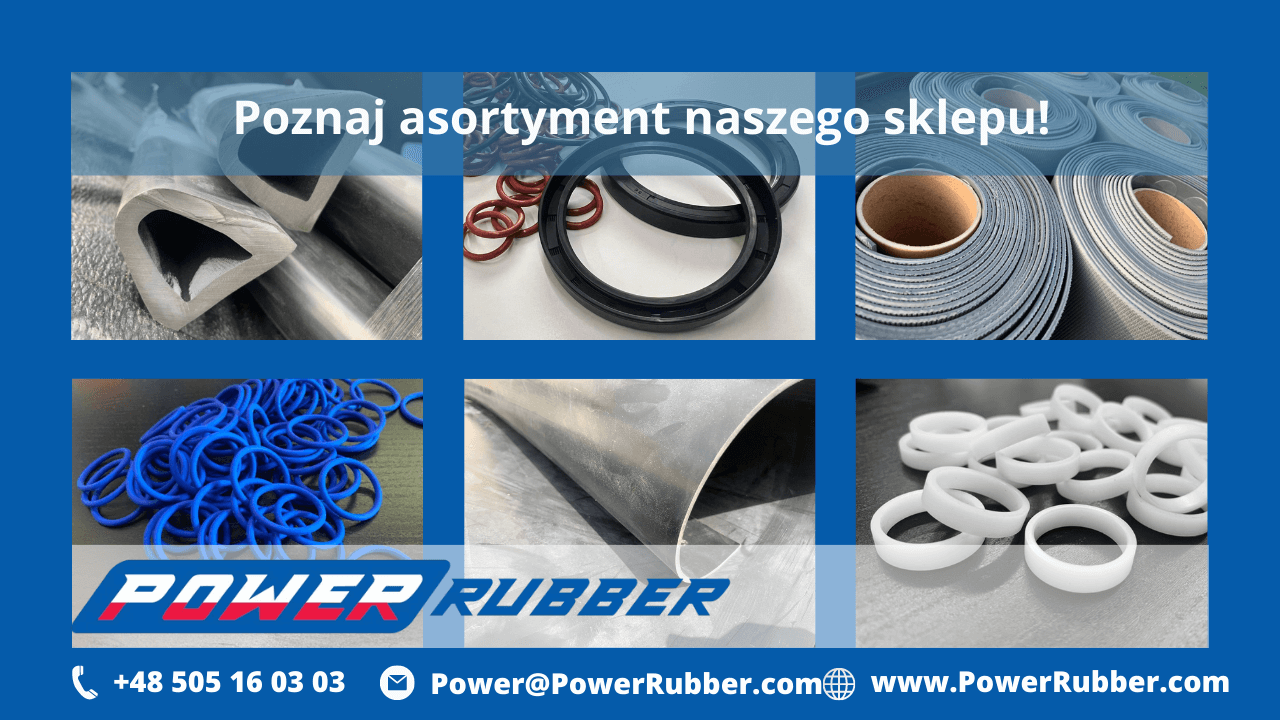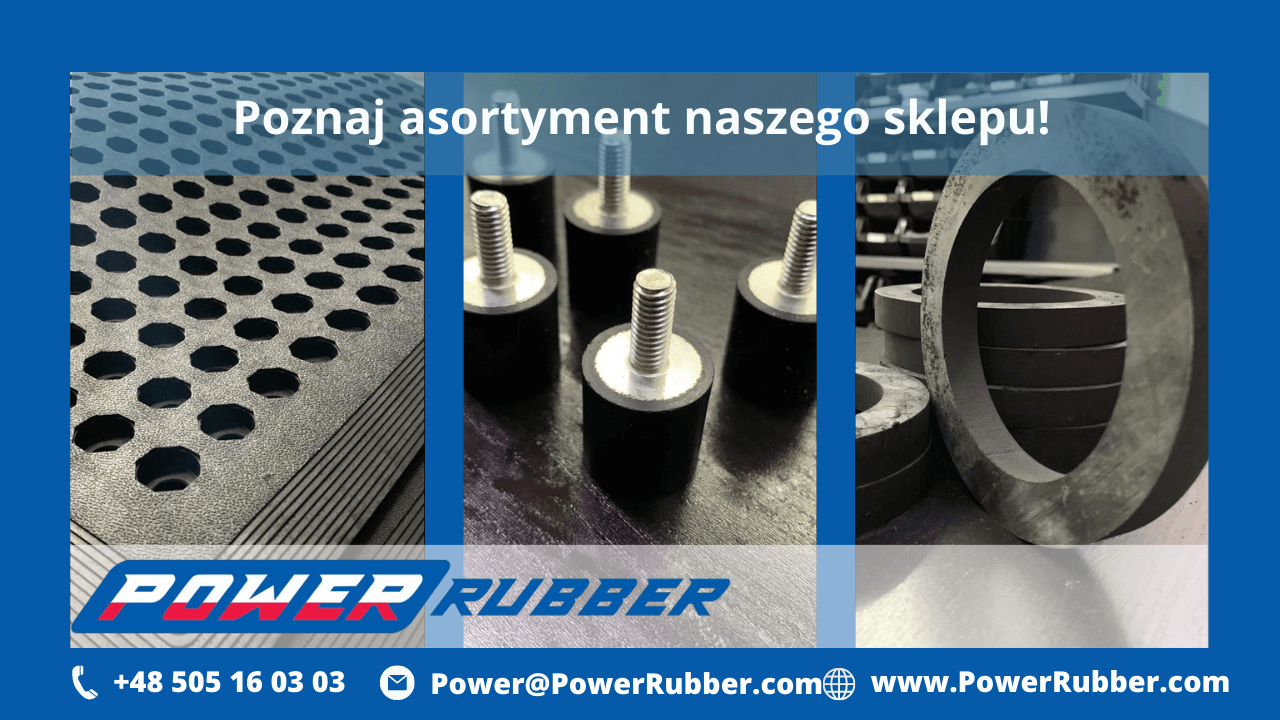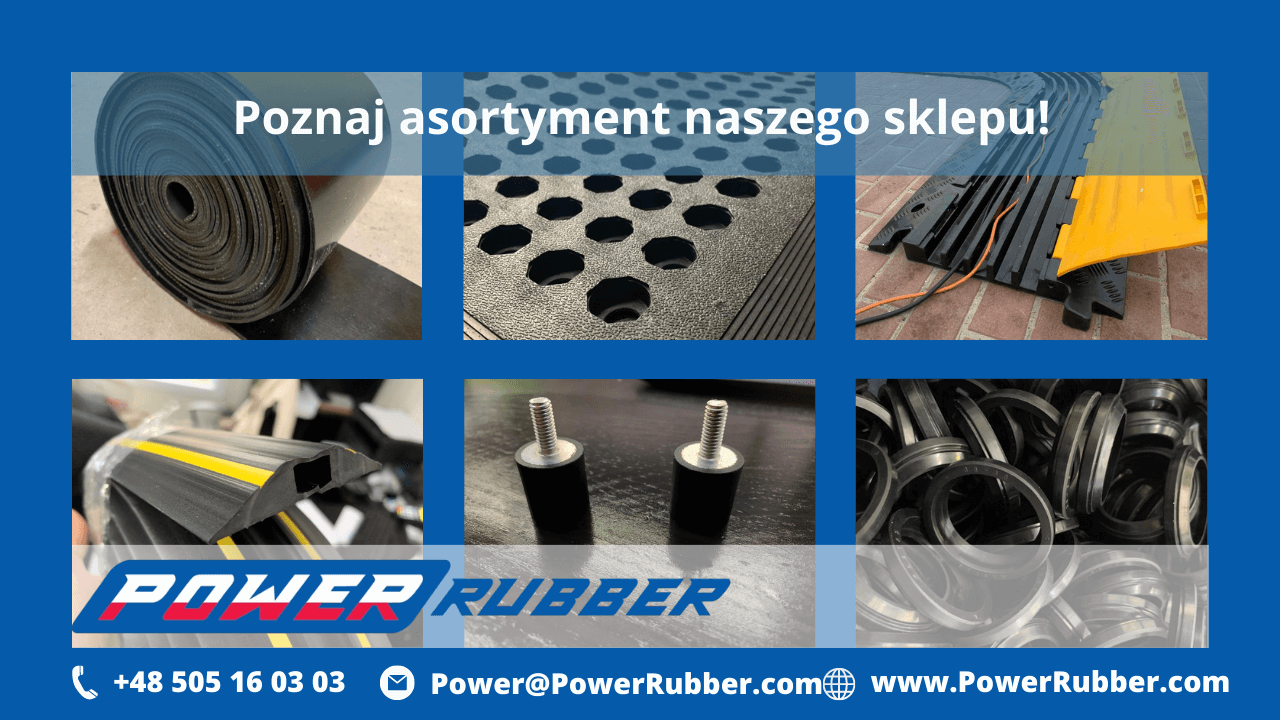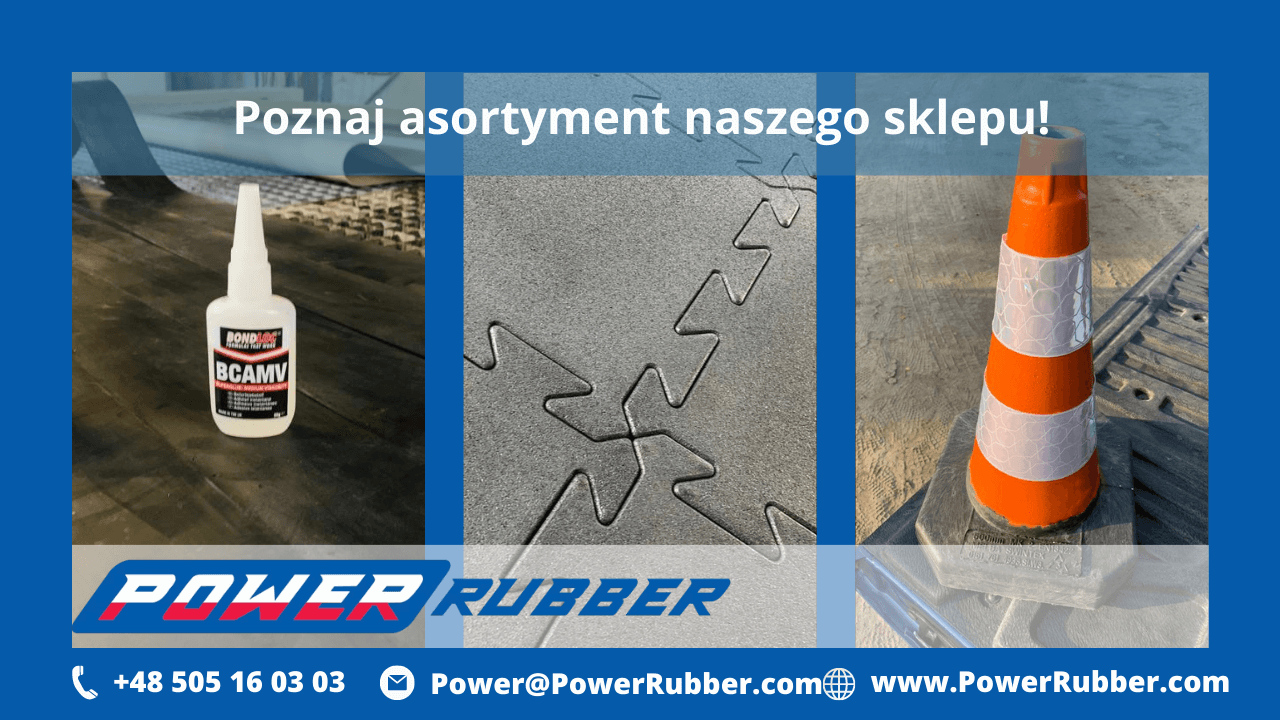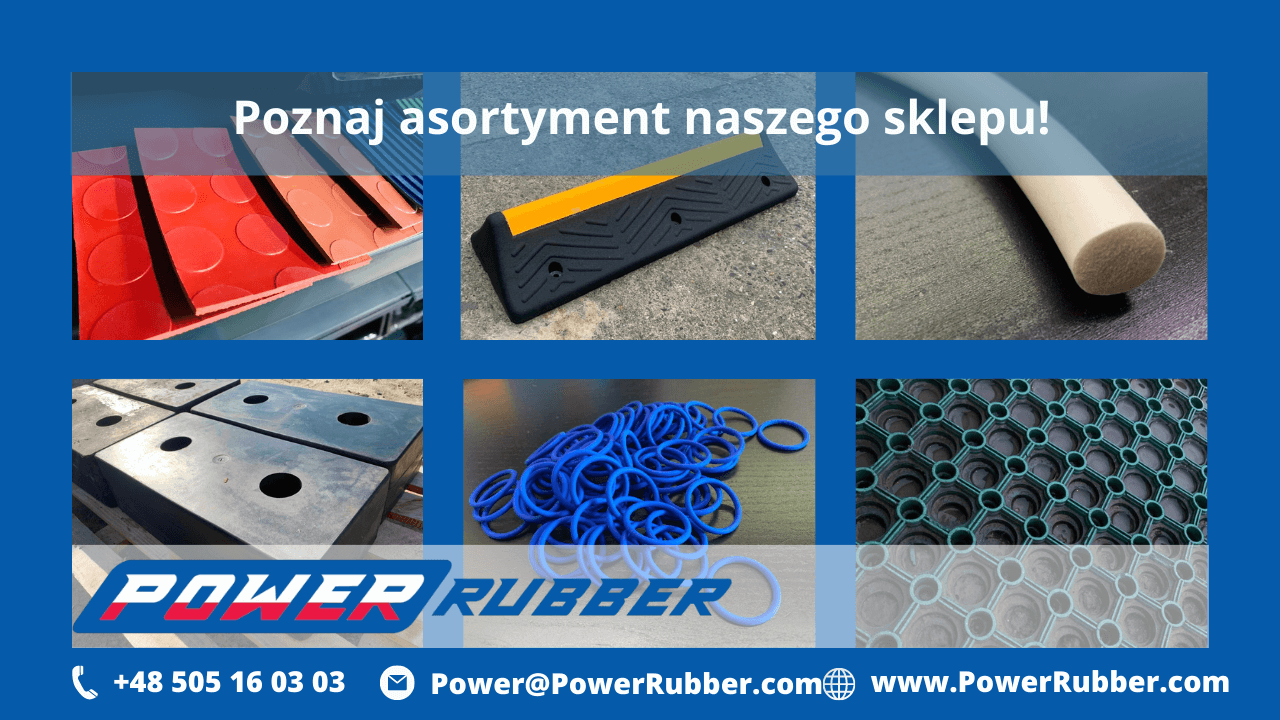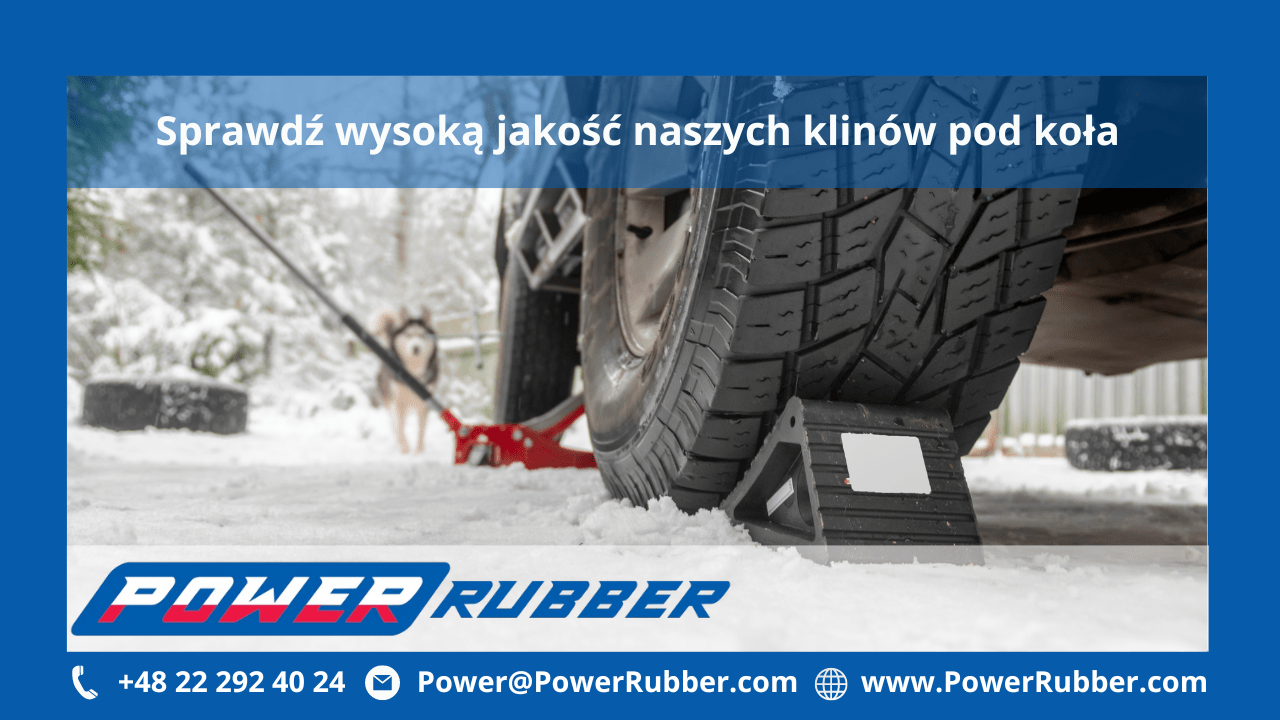Wheel Chocks for Rail Vehicles
Wheel chocks are a critical safety component that prevents rail wagons from moving during loading and unloading operations. Positioned under the wheels, they stop unintentional movement and offer excellent grip—ideal for use at railway stations and maintenance depots.
Rubber Wheel Chocks – Features
Rubber is the most commonly used material for chocks due to its superior grip compared to other materials. Our rubber wheel chocks are specifically engineered to withstand heavy loads and remain durable in all weather conditions. They feature high elasticity and anti-slip properties. Their compact shape allows easy placement, and some models include a hole for securing with a chain.
Benefits of Wheel Chocks for Rail Vehicles
Rubber chocks prevent unwanted sliding, rolling, or shifting of rail vehicles. They provide a reliable securing system for heavy and loaded wagons. They reduce the risk of accidents on uneven or sloped surfaces, offering critical safety protection for workers during cargo operations.
Versatile Applications of Rubber Wheel Chocks
Rubber wheel blocks are vital wherever unexpected wheel movement can cause serious accidents. They’re ideal for use in the railway, mining, aviation, and construction industries. Their strong structure allows them to support the weight of large vehicles, such as:
-
train wagons
-
aircraft
-
helicopters
-
tank wagons
-
trucks
-
delivery vehicles
-
cars
-
trailers
-
recreational vehicles (caravans, campers)
-
buses
Where to Buy Rail Vehicle Wheel Chocks?
At Power Rubber, we offer a wide range of high-quality rubber wheel chocks for both rail and road vehicles. They are essential for preventing unwanted movement during parking, maintenance, storage, loading and unloading. Available in various sizes, they’re designed to meet the highest industrial safety standards.
Invest in rubber chocks built to withstand loads and mechanical damage. Contact us by phone at +48 22 292 40 24 or +48 505 16 03 03, via email (Power@PowerRubber.com) or through our contact form.
